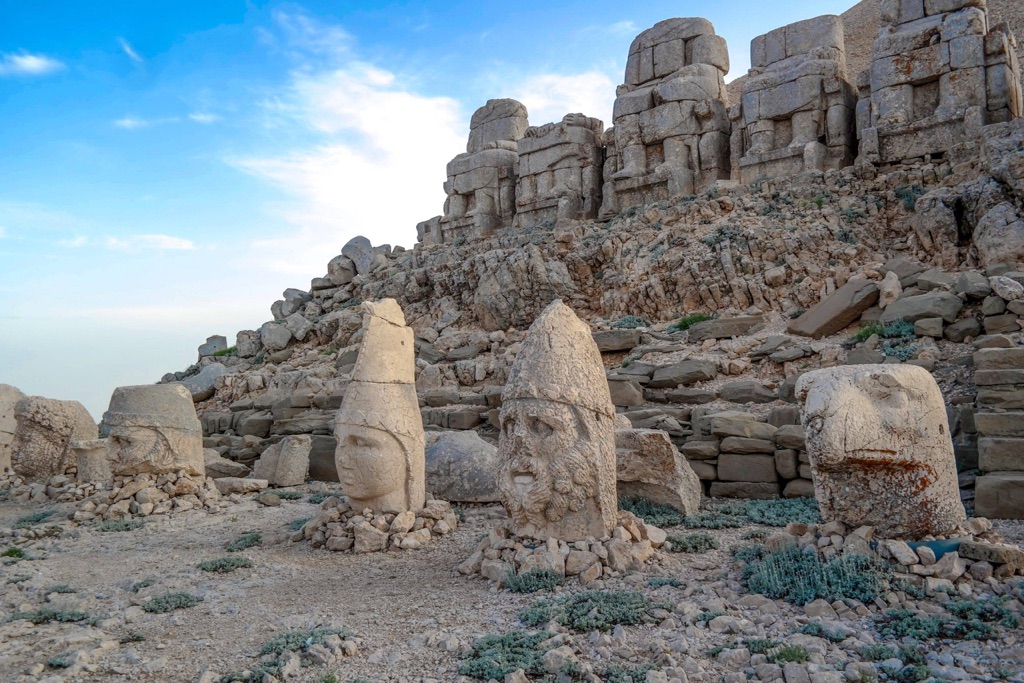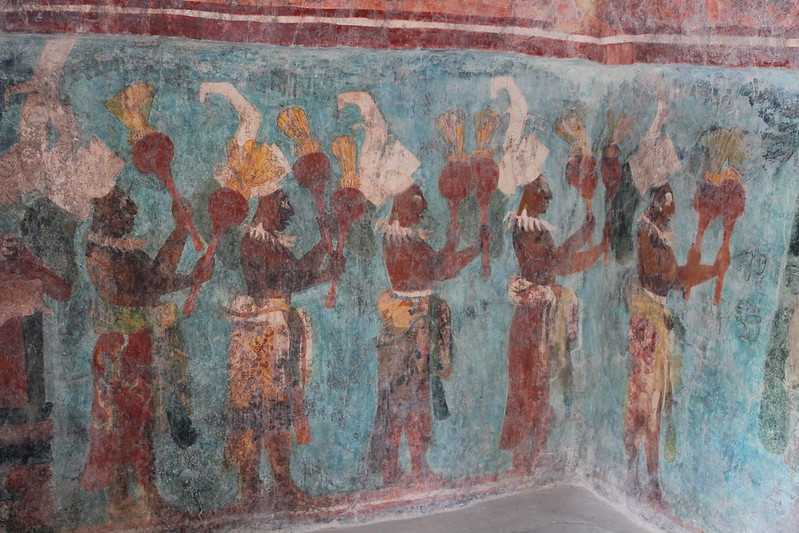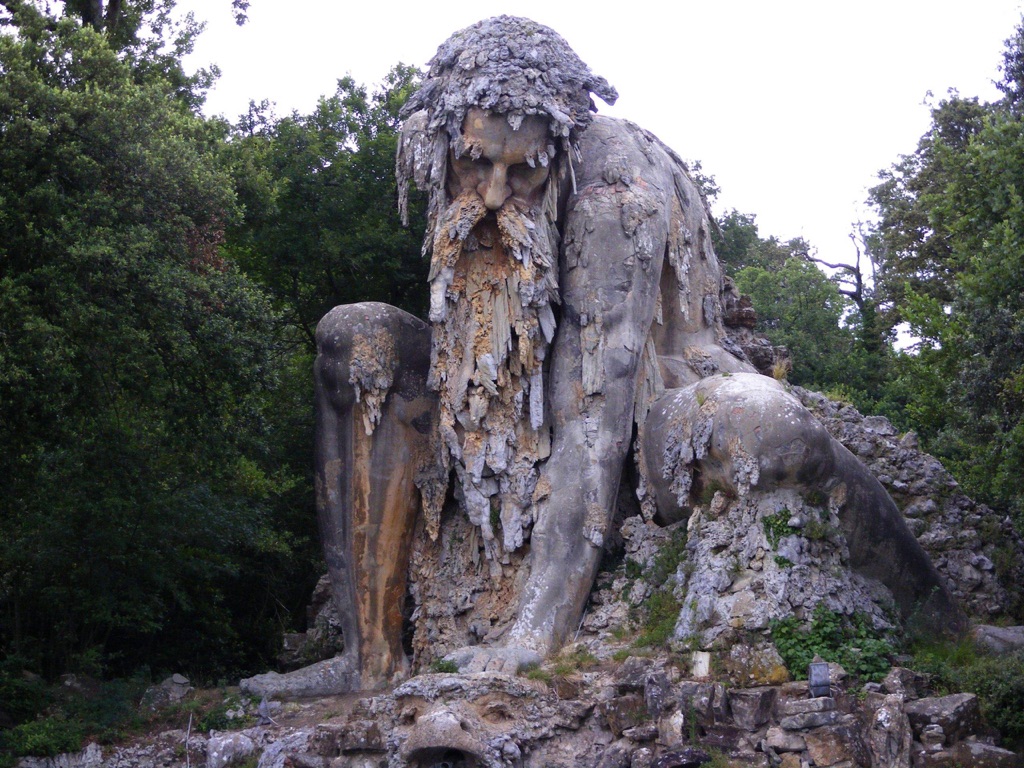The Appennine Colossus, a remarkable statue standing tall in Villa Demidoff near Florence, Italy, is a true marvel of the 16th century. This 35-foot sculpture, designed by Giambologna, depicts a mythical giant embedded in the natural landscape. It’s not just a statue, but an architectural wonder with hidden rooms and passageways. A testament to the grandeur of the Renaissance period, the Colossus is a symbol of the harmonious relationship between man and nature.

Mustang Caves – The Sky Caves of Nepal
The Mustang Caves, also known as the Sky Caves of Nepal, are an intriguing historical site. Nestled in the cliffs of the Mustang district in Nepal, these man-made caves date back over 2,000 years. They are stacked in vertical rows, sometimes reaching up to 14 stories high, earning them the name ‘Sky Caves’. The caves’ original purpose remains a mystery, though they have served as dwellings, burial chambers, and places of meditation. Despite extensive research, many of the caves remain unexplored, making them a fascinating subject for archaeologists and history enthusiasts alike.

Mount Nemrut
Mount Nemrut, a UNESCO World Heritage Site, is an enchanting historical place located in southeastern Turkey. It’s renowned for its colossal stone statues and tomb-sanctuary, which are believed to be the resting place of King Antiochus I of Commagene. This mountain peak, standing at a height of 2,134 meters, offers a unique blend of natural beauty and ancient history, making it a must-visit destination for history enthusiasts and nature lovers alike.

Heraclea Lyncestis
Heraclea Lyncestis, a historical gem, nestles in the heart of North Macedonia. Founded by Philip II of Macedon, Alexander the Great’s father, this ancient city flourished under Roman rule. Its rich history is etched in the ruins, which include a theater, basilicas, and beautifully preserved mosaics. A visit to Heraclea Lyncestis is like stepping back in time, a vivid journey through the epochs of Macedon, Rome, and Byzantium.

Interesting facts about the Ancient Mayans
The Ancient Mayans, a Mesoamerican civilization that flourished in Central America from 2000 BC to 250 AD, are renowned for their impressive achievements in art, architecture, mathematics, calendar-making, and astronomy. Known for their intricate hieroglyphic writing, the Mayans were also deeply religious, with a complex pantheon of gods and a ritualistic culture that included animal and human sacrifices. Their society was hierarchical, with clear distinctions between the nobility and commoners, and their interactions with neighboring civilizations like the Aztecs and Incas offer intriguing insights into the dynamics of ancient Mesoamerican cultures.

History of the Ancient Maya
The Ancient Maya, a vibrant civilization, left a significant mark on Central America. They thrived for nearly 2000 years, between 2600 B.C. and 900 A.D., known for their sophisticated culture, remarkable architectural feats, and advanced understanding of mathematics and astronomy. Their society was complex, with a deep-rooted spiritual belief system, hierarchical structure, and a profound appreciation for art and science. Despite their decline, the Maya culture continues to influence modern societies, particularly in Mexico and Central America.

